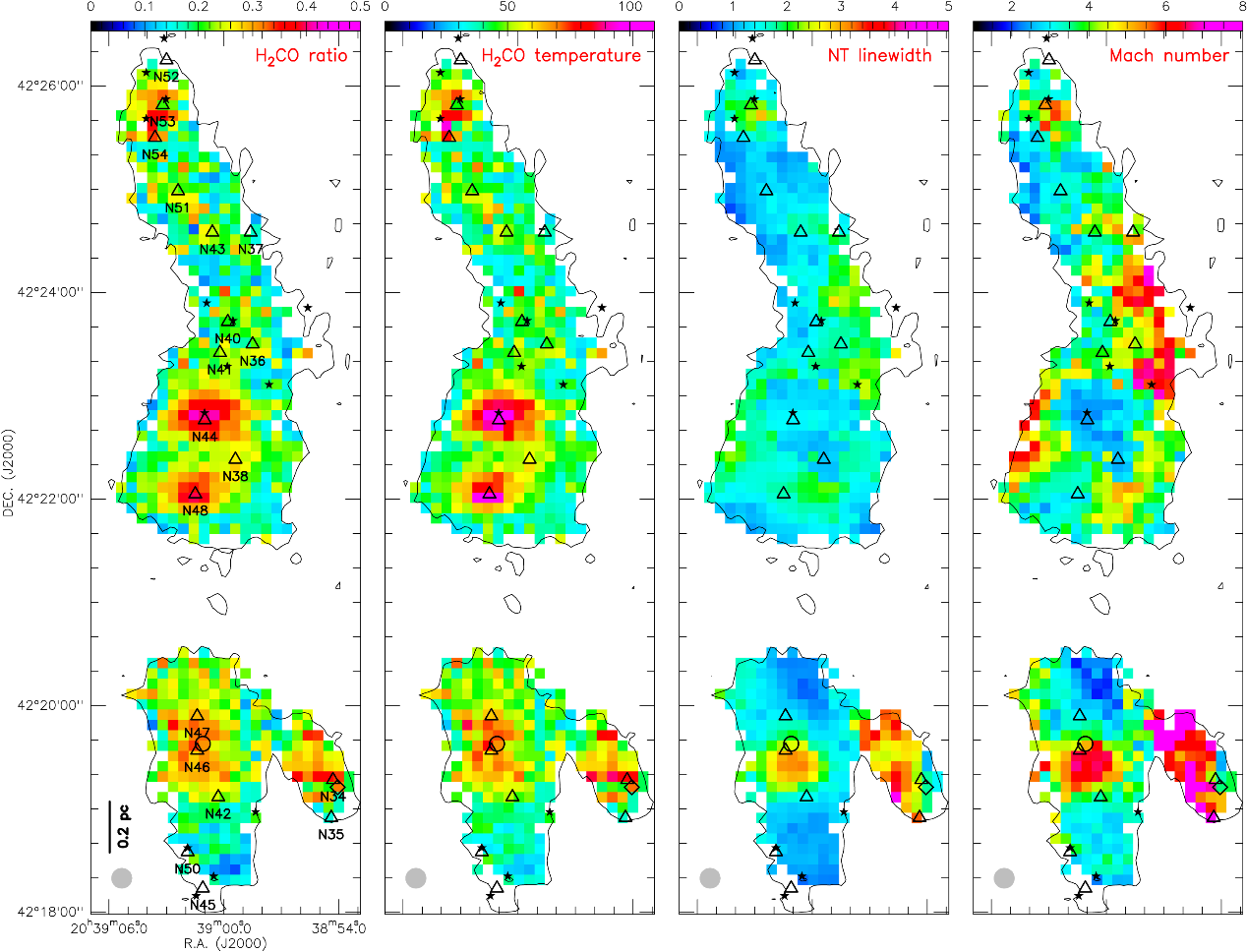Gas heating in star-forming regions is a multifaceted process that holds paramount significance for the formation and evolution of stars. Understanding the pivotal role played by gas heating in these regions can help elucidate the potential mechanisms driving star formation and shaping the trajectories of galactic evolution.
Recently, researchers from the Xinjiang Astronomical Observatory (XAO) of the Chinese Academy of Sciences (CAS), specializing in star formation and evolution, have mapping the massive star-forming region DR21 in high resolution using the Spanish IRAM 30m millimeter radio telescope. They precisely measured the temperature structure of the dense gas in this region and investigated the gas heating mechanisms at play.
The relevant findings were published in the international astronomical journal Astronomy & Astrophysics (2024, A&A, 687, A207).
Based on the temperature measurements, the researchers discovered the following: (1) Warm dense gas in three dense cores is found to be heated by radiation emitted from internally embedded protostars and/or stellar clusters; (2) The dense gas in the DR21W1 region is indeed heated by shocks originating from the western DR21 flow; (3) No evidence was found in the DR21 region of heating from an explosive event 10,000 years ago affecting the dense gas; (4) On scales of approximately 0.1pc, the dense gas with high temperatures correlates with turbulent activity.
This study provides new observational results for a deeper understanding of the impact of the star formation process on the surrounding environment, aiding in unraveling the mysteries of stellar feedback processes in the universe.

The different parameters in massive star-forming region DR21 measured with formaldehyde